Sorghum
All Sorghum Content
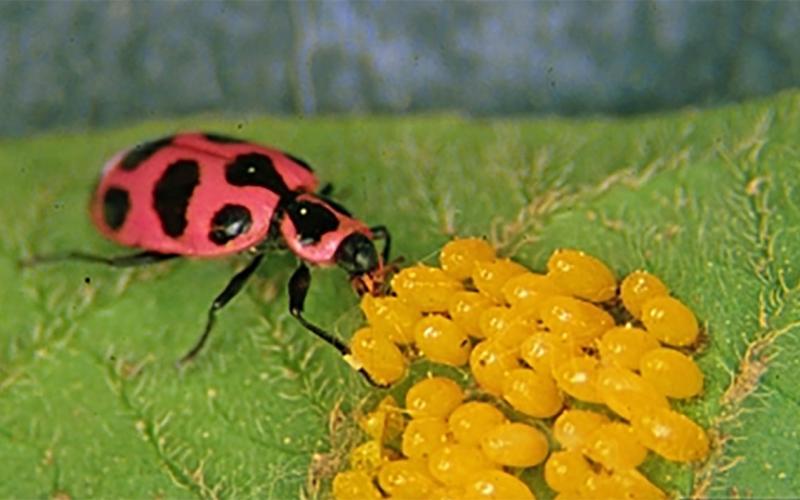
Pink Lady Beetles: Beneficial Predators in Urban and Agricultural Landscapes
There are numerous insect species that are beneficial to the gardens and farms. In this article, we will highlight a common insect predator known as the pink lady beetle, or spotted lady beetle.
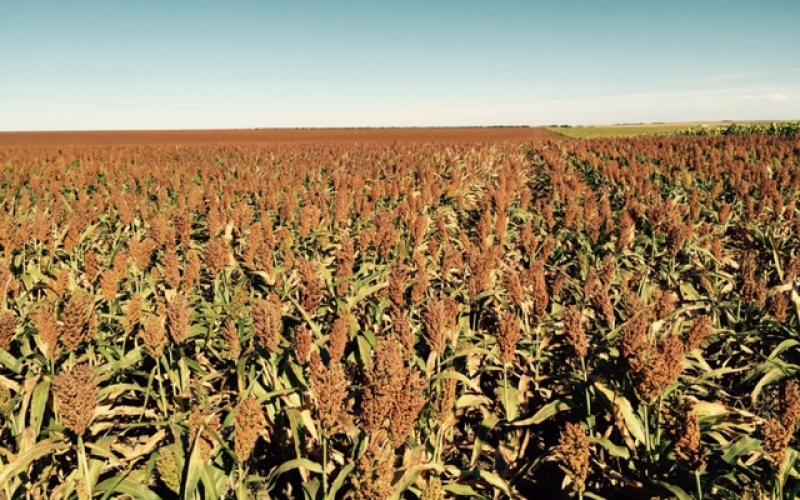
An identification guide for Sorghum Insect Pests in South Dakota
Pictorial guide for common insect pests of sorghum in South Dakota.
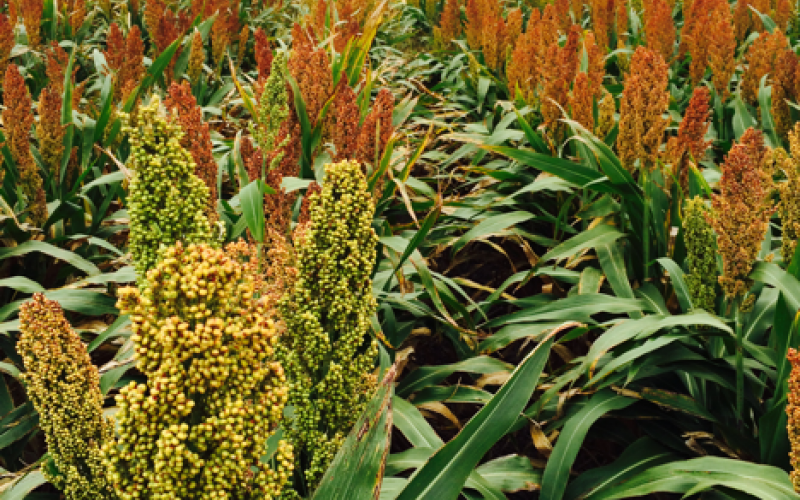
SDSU Extension co-hosting a Forage Field Day near Beresford
June 23, 2023
South Dakota State University Extension, the University of Nebraska-Lincoln Extension, the Northern Plains Forage Association and I-29 Moo University will co-host a Forage Field Day in August.
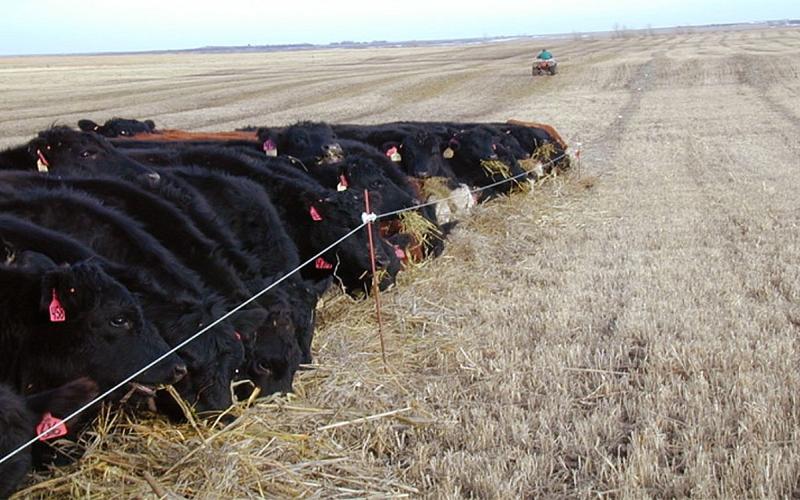
Swath Grazing
Swath grazing can be utilized with various crops and can improve utilization of the crops for feed, while decreasing fuel, harvest and feeding costs and also improving soil health.
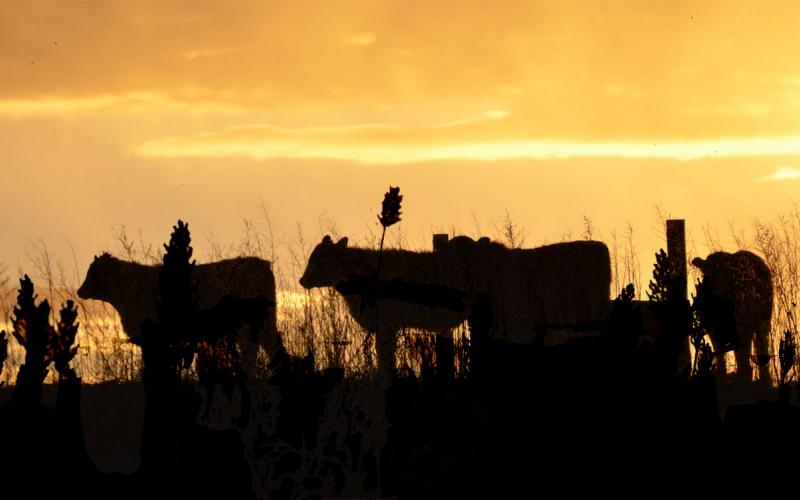
Prussic Acid Precautions
During periods of drought, it is important to aware of the factors that can be a concern during these conditions, specifically nitrates and prussic acid. It is important to take precautions when using feeds that could contain one or both compounds.
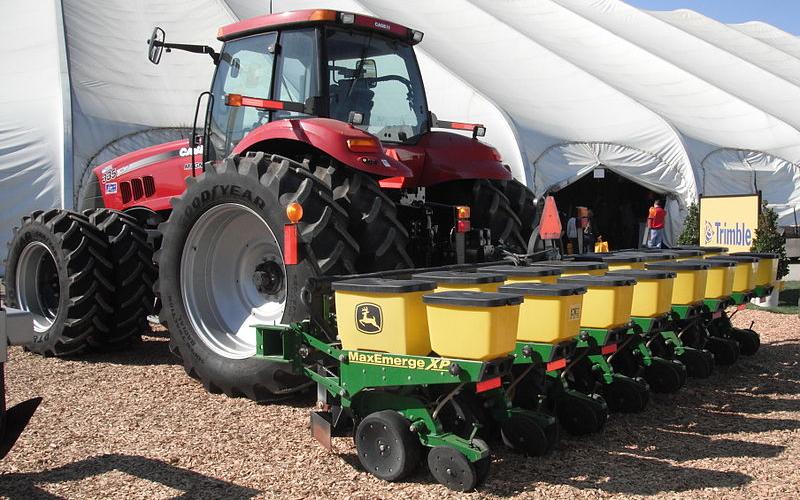
Why Precision Agriculture?
When precision agriculture comes into a conversation a few questions arise. Three of those questions might be: What is precision agriculture? How does precision agriculture make our farm more profitable? What do I do with all this data?

Herbicide Rotation Restrictions
This is a quick reference guide to common herbicides and their rotation restrictions for selected crops.

2018 Field Plot Summaries for Oat and Sorghum Foliar Disease Management Trials
An oat crown rust integrated management trial and a sorghum foliar fungicide trials were conducted to determine the efficacy of fungicides to manage crown rust and fungal diseases in oat and sorghum respectively. Crown rust is one of the most devastating diseases of oat in the state. Stragego fungicide was applied at three different timings to determine the most effective timing for crown rust management. For sorghum, the study investigated the efficacy of two different rates of Nexicor for managing sorghum foliar diseases. The oat field experiment was maintained at Northeast Research Farm (NERF), Southeast research farm (SERF) and Volga research farm. The sorghum experiment was at Volga.
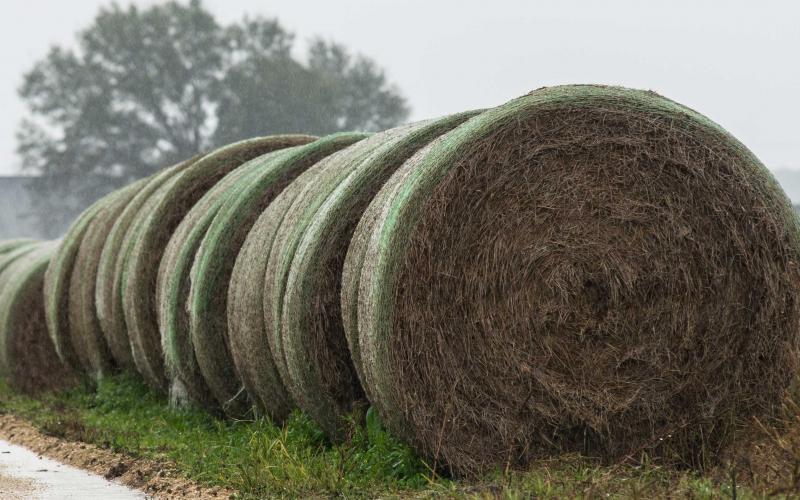
Round Bale Storage Conservation
Fact sheet discussing conservation of round bale storage.

Determining Sorghum Seeding Rate
Seeding rate can have significant impacts on sorghum yields.